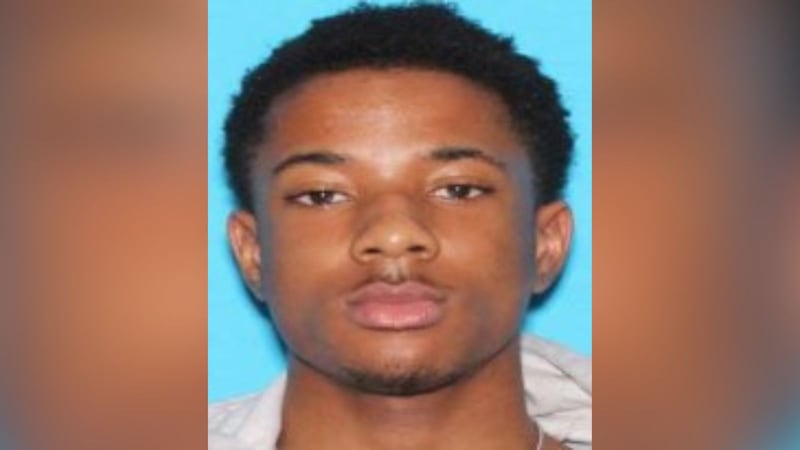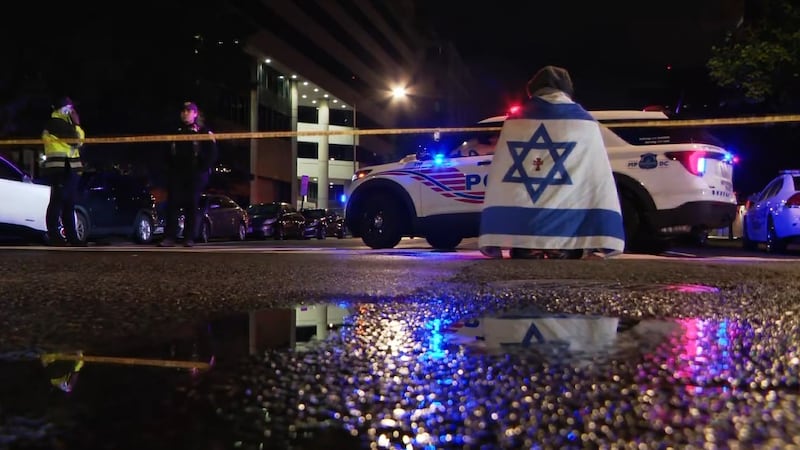Bus riders share concerns with KCATA route cut proposals
KANSAS CITY, Mo. (KCTV) - Amid budget shortfalls, KCATA proposed discontinuing 13 routes, cutting bus drivers. KCATA chief strategy officer Tyler Means called it ‘the worst-case scenario’.
“As you know, many cities have left the KCATA and funding us over the course of the last year,” said Means. “So, this is adjusting to the revenues that we are getting in and meeting those. We have continued negotiations going on with KCMO and other communities around the region to see if we can raise those revenues and bring some of these services back.”
The proposals are not final, according to KCATA. On Thursday, the first of two community meetings was held to give bus riders the chance to weigh in on potential cuts to services.
“Use it to get back and forth from work, grocery store, other extracurricular activities,” said Jeremiah Davis. “My fiancée uses it. We take it all the way to the end of the route. The next closest route is the #12 and that is quite a distance to walk. We have a neighbor friend who uses a walker. There is no way she could make that.”
Davis said he and his fiancée use Route 9, which would be cut with this proposal.
“There are alternatives,” said Davis. “I don’t know if they have truly thought about everything. Is discontinuing the routes really the solution? Maybe they could do what Blue Springs did, run the route a couple hours in the morning, a couple hours in the evening. There has to be another solution other than just cutting it off.”
According to KCATA, Route 9 averages around 318 riders every week. Routes 11, 19, 21, 23, 25, 27, 28, 29, 57, 63, 71, and 75 would be discontinued with this proposal. impacting thousands of riders.
“Many of our routes are based on ridership,” said Means. “These are the routes that had the lowest ridership, maybe the lowest frequency, had the lowest impact. There is also some duplicity in there and some routes where we can actually move other routes to cover the areas that are highly served by these routes. We are trying to affect the public as little as possible with these cuts.”
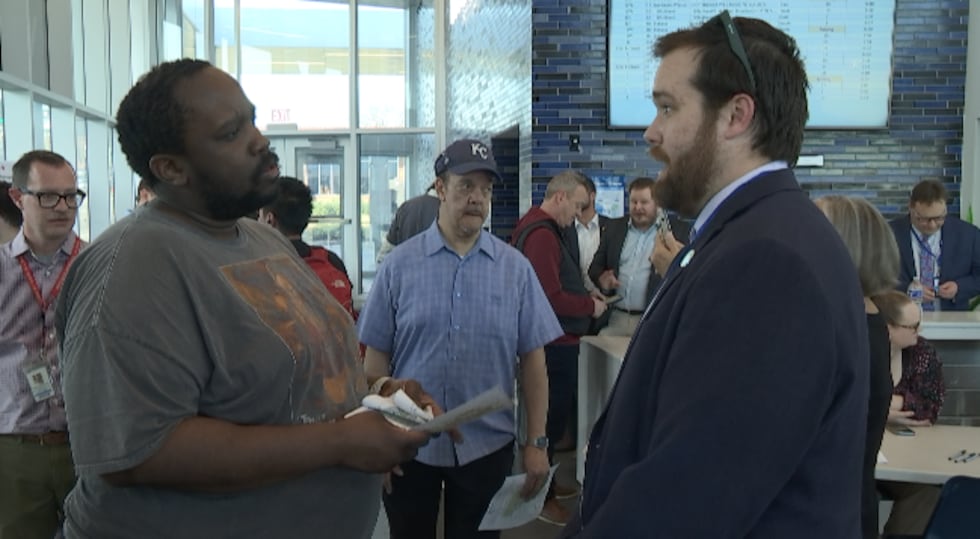
These cuts would not only impact riders, but they would also impact drivers like Andre Johnson.
“Being that I have seniority, as far as layoffs, I wouldn’t be affected by it,” said Johnson. “But when they shortcut these runs, it’s going to make the busloads heavier. My regular routes I would be picking up 2x what the bus should be. So, the bus is going to be packed all the time. And when you got a packed bus, you get more sketchy situations on the bus.”
Johnson said he and other bus drivers aren’t surprised with the budget shortfall.
“We know what led to this,” said Johnson. “The free fare. That’s why we have been asking them from the start to reintroduce the fare. Sometimes free can put you out of business. This is what free has put us in. Gas for the buses isn’t cheap, repairing the buses isn’t cheap, parts for the buses aren’t cheap.”
Means said there have been conversations about bringing back a fare to help, but it wouldn’t cover the full $30 budget shortfall.
“It is projected to bring in anywhere from $10 million to $13 million,” said Means. “It would bring a sizeable amount of income of discretionary funding and more importantly, flexible dollars. Flexible dollars are really important because a lot of the money we get are dedicated to unique purposes. This money could we used on almost anything, so it would give us the opportunity to move that money around and fill gaps as they arise.”
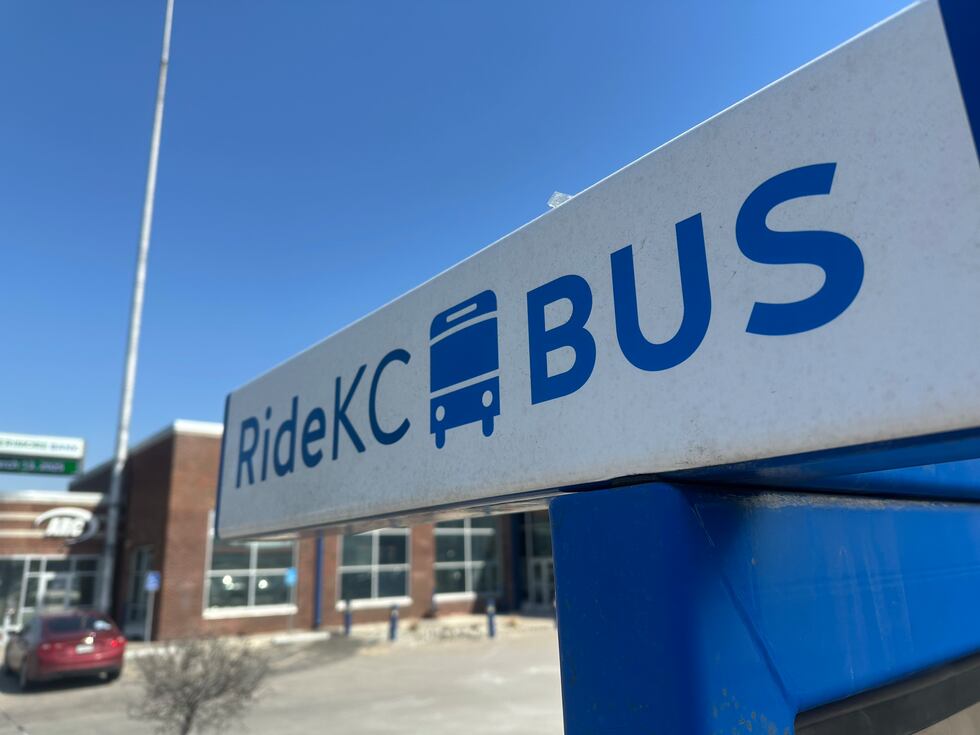
If bringing back a fare was decided, Means says that would take time.
“Last time we had fare boxes put in place was 1999,” said Means. “That system can no longer operate, so we need to go out to bid. Find a new scope of work, a new solution that we can put in place that’s more modernized and caught up with the times. Allows things like open payments to be made with their credit cards, more efficiency where we can be more equitable with the fare mechanisms, such as fare capping. Also fare programming for those who need it most, like low-income populations.”
A handful of riders KCTV5 spoke to were open to bringing back fares.
“When I speak to most people on the bus, they are willing to pay a fare to keep their bus,” said Mundia Chinong. “I use the bus 10 to 12 times a week. One of the most essential things that a city does is moving people around. I mean, what are we doing?”
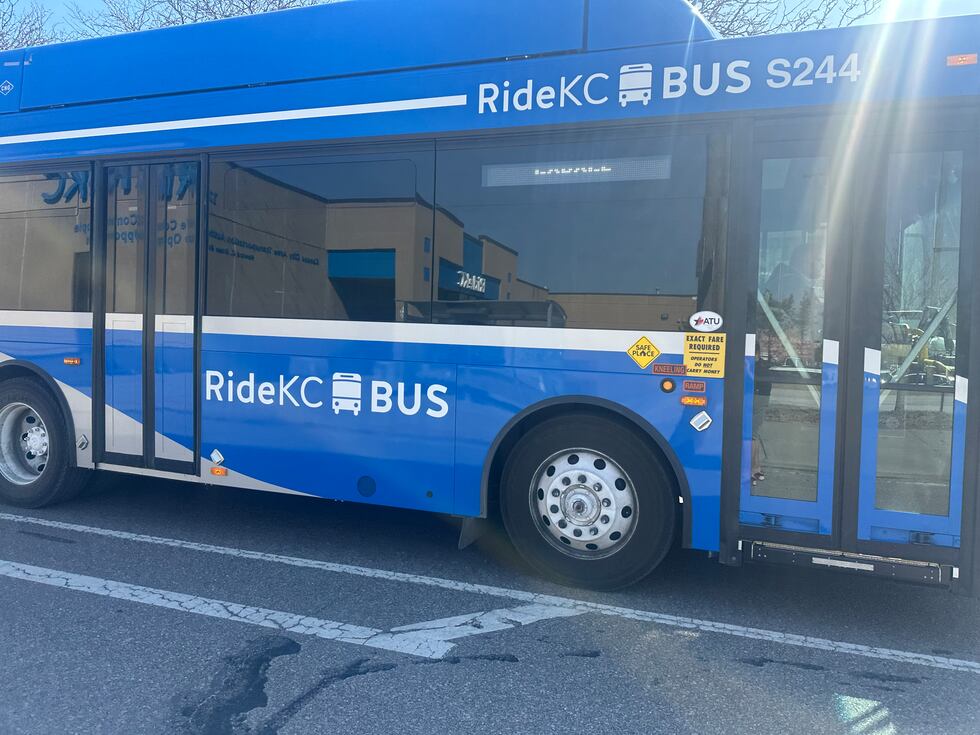
Means said KCATA is having ongoing discussions with Kansas City and other municipalities, but time is running out.
“First reading of the final proposed budget is March 20,” said Means. “It is approved on March 27. I am sure we will be aware as of March 20 what our number really is and we will be working with the city past that to know what services they are wanting to contract for look like, so we can make sure to get those services mapped, prepped, and ready to go out.”
If KCATA does not get the additional funding it is looking for, these proposed changes would take effect May 4.
Another community meeting will take place Friday, March 14 from 12 p.m.-1 p.m. This one is virtual. If you would like to attend, you can click this link to .
Copyright 2025 KCTV. All rights reserved.
